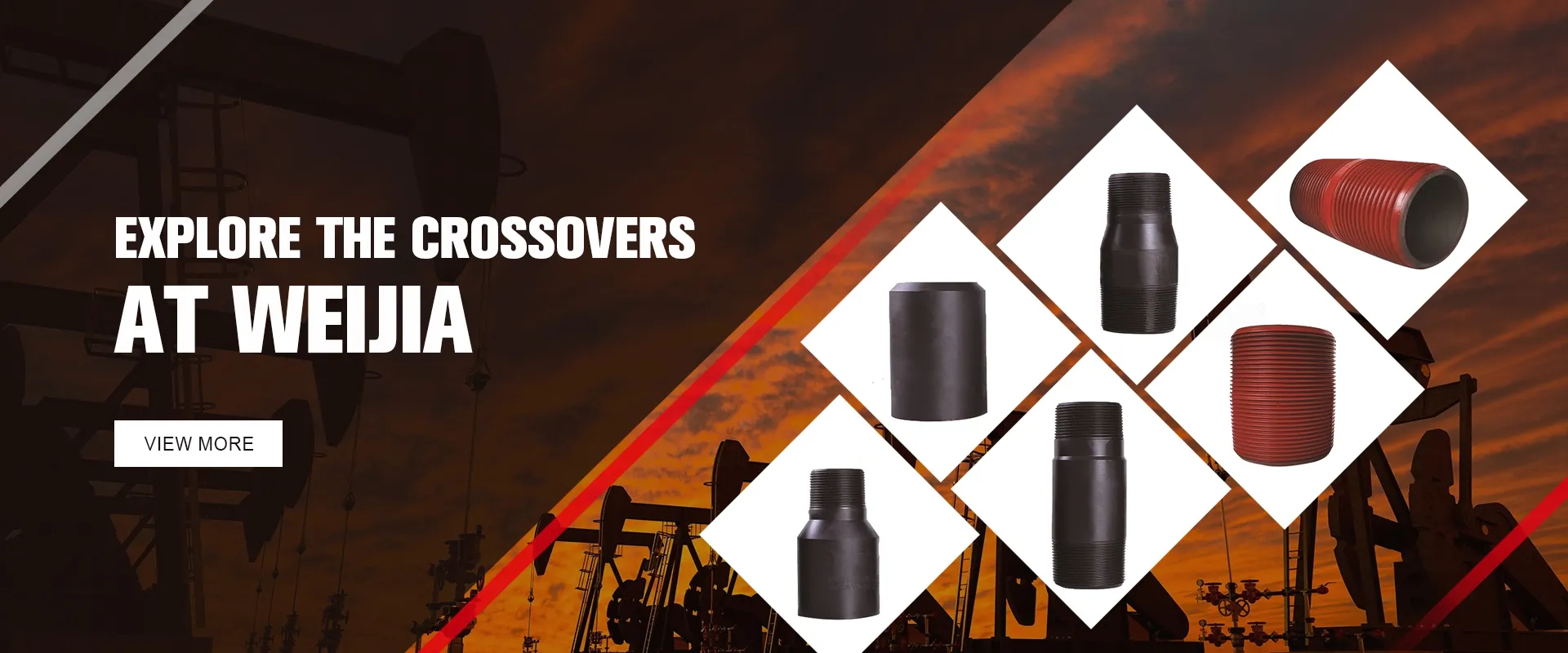- Afrikaans
- Albanian
- Amharic
- Arabic
- Armenian
- Azerbaijani
- Basque
- Belarusian
- Bengali
- Bosnian
- Bulgarian
- Catalan
- Cebuano
- Corsican
- Croatian
- Czech
- Danish
- Dutch
- English
- Esperanto
- Estonian
- Finnish
- French
- Frisian
- Galician
- Georgian
- German
- Greek
- Gujarati
- Haitian Creole
- hausa
- hawaiian
- Hebrew
- Hindi
- Miao
- Hungarian
- Icelandic
- igbo
- Indonesian
- irish
- Italian
- Japanese
- Javanese
- Kannada
- kazakh
- Khmer
- Rwandese
- Korean
- Kurdish
- Kyrgyz
- Lao
- Latin
- Latvian
- Lithuanian
- Luxembourgish
- Macedonian
- Malgashi
- Malay
- Malayalam
- Maltese
- Maori
- Marathi
- Mongolian
- Myanmar
- Nepali
- Norwegian
- Norwegian
- Occitan
- Pashto
- Persian
- Polish
- Portuguese
- Punjabi
- Romanian
- Russian
- Samoan
- Scottish Gaelic
- Serbian
- Sesotho
- Shona
- Sindhi
- Sinhala
- Slovak
- Slovenian
- Somali
- Spanish
- Sundanese
- Swahili
- Swedish
- Tagalog
- Tajik
- Tamil
- Tatar
- Telugu
- Thai
- Turkish
- Turkmen
- Ukrainian
- Urdu
- Uighur
- Uzbek
- Vietnamese
- Welsh
- Bantu
- Yiddish
- Yoruba
- Zulu
well casing coupler
Understanding Well Casing Couplers The Essential Connection in Oil and Gas Operations
In the oil and gas industry, the integrity of wells is paramount to ensuring efficient extraction and minimizing environmental impact. One critical component in well construction is the well casing, which is essential for maintaining the structural integrity of the wellbore and preventing contamination of groundwater resources. However, the well casing itself is not a standalone structure; it requires various connectors to function effectively, and this is where well casing couplers come into play.
What is a Well Casing Coupler?
A well casing coupler is a mechanical device designed to connect two sections of casing or pipe together. It provides a reliable method of joining these sections to create a continuous casing string that runs deep into the well. This connection is crucial because it helps withstand the high pressures and temperatures encountered during drilling and production operations.
Typically made from high-strength steel or composite materials, these couplers come in various sizes and specifications depending on the casing dimensions and operational requirements. The design and functionality of well casing couplers play a significant role in ensuring the safety and longevity of well constructions.
Importance of Well Casing Couplers
1. Structural Integrity The primary function of casing is to provide structural support to the wellbore walls, preventing collapse and ensuring the safety of drilling operations. Couplers help maintain this integrity by ensuring that the joints between casing sections are secure and leak-proof.
2. Prevention of Contamination By sealing the space between the casing and surrounding rock formations, couplers help prevent the migration of fluids between different layers of soil and rock. This is particularly important in protecting aquifers and avoiding contamination of potable water resources.
3. Operational Efficiency A reliable connection between casing sections minimizes the risk of well failures or blowouts, which can result in costly downtime and environmental incidents. Well casing couplers are engineered to withstand extreme conditions, providing operators with the confidence needed to proceed with drilling and production activities.
4. Facilitation of Maintenance Well casing couplers are also designed to allow for easy disassembly or replacement. This feature is vital for maintenance operations, especially during well interventions where modifications or repairs are required.
well casing coupler

Types of Well Casing Couplers
There are several types of couplers used in well casing applications, each designed for specific scenarios and casing types
- Threaded Couplers These are the most common type and feature male and female threads that allow for easy assembly and disassembly. They provide a reliable connection but may require periodic inspection and maintenance to ensure thread integrity.
- Welded Couplers Designed for applications requiring a permanent connection, welded couplers are joined using a welding process. This type is ideal for high-pressure applications but makes disassembly for maintenance more complicated.
- Locking Couplers These innovative couplers feature a mechanism that locks together the casing sections, providing additional security against unforeseen stress and pressure. They are becoming increasingly popular due to their enhanced safety features.
Future Trends
As the oil and gas industry continues to evolve, the demand for more efficient and environmentally friendly drilling practices is driving innovations in well casing technology. The development of smart couplers with built-in sensors is on the horizon, which could provide real-time feedback on the integrity of the casing, helping operators manage wells more effectively.
Additionally, as countries transition towards sustainable energy practices, the need for efficient well casing solutions will continue to grow. This shift reinforces the importance of well casing couplers in adapting to new technologies and ensuring the safe extraction of energy resources.
Conclusion
Well casing couplers are an integral component of modern oil and gas operations, serving as the vital link between casing sections that ensure structural integrity, prevent contamination, and facilitate maintenance. As the industry evolves, the role of these couplers will only grow, highlighting the need for continuous innovation and improvement in their design and functionality. Understanding their importance is crucial for anyone involved in the drilling and production sectors, as they are key to achieving both operational efficiency and environmental protection.
-
Tubing Pup Joints: Essential Components for Oil and Gas OperationsNewsJul.10,2025
-
Pup Joints: Essential Components for Reliable Drilling OperationsNewsJul.10,2025
-
Pipe Couplings: Connecting Your World EfficientlyNewsJul.10,2025
-
Mastering Oilfield Operations with Quality Tubing and CasingNewsJul.10,2025
-
High-Quality Casing Couplings for Every NeedNewsJul.10,2025
-
Boost Your Drilling Efficiency with Premium Crossover Tools & Seating NipplesNewsJul.10,2025







